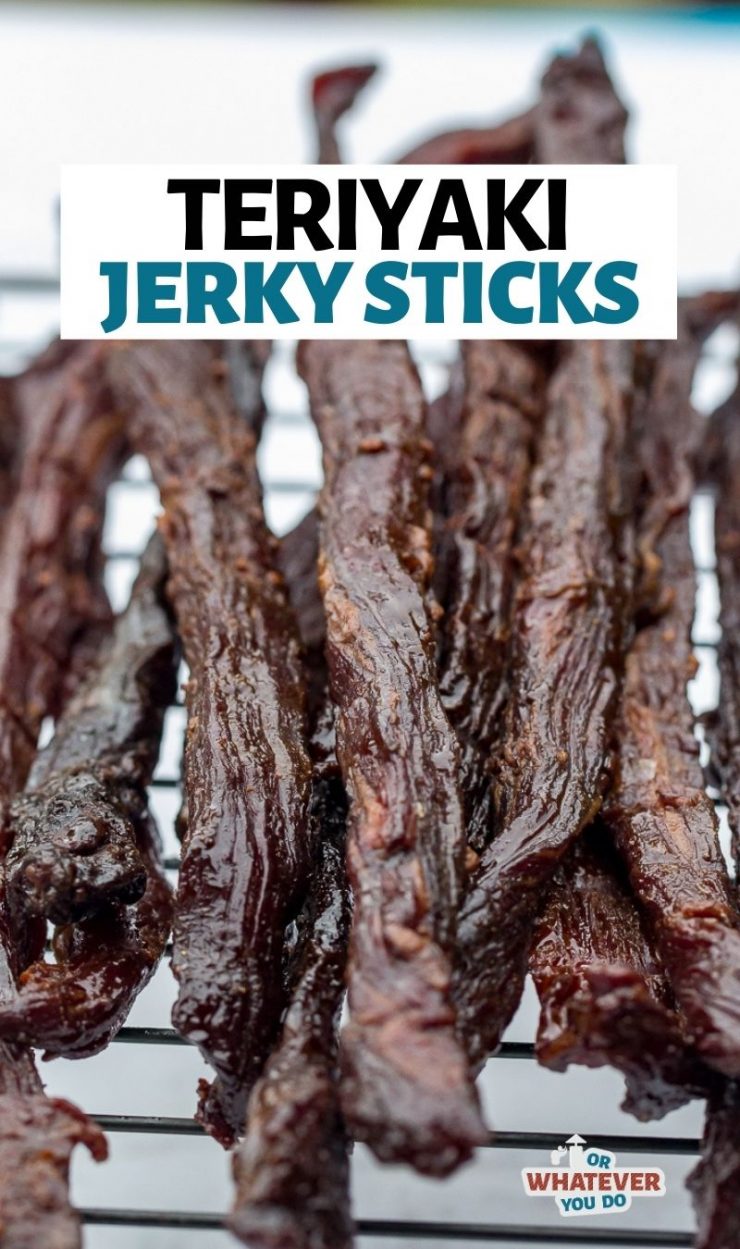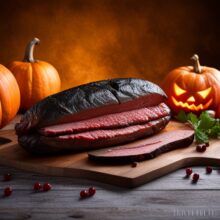Beef Jerky Smoking Recipes

Beef jerky is an easy and delicious treat to make at home. However, the process can be lengthy and a lot of testing is required throughout the smoking/drying process.
The first step is to choose a cut of meat for your beef jerky. Flank steak is an excellent choice, but other cuts work too.
Flavor Profile
Beef jerky has a unique flavor that varies from brand to brand. Its taste depends on a number of factors, including the marinade used and the type of wood used for smoking it.
Texture is another major factor in determining the flavor of beef jerky. Organic jerky is moister than conventional jerky, because the organic process tends to make the meat more tender.
The best jerky has a strong, salty flavor with a blend of spices and seasonings that complement the meat’s natural flavors. The flavor can be savory or sweet depending on the ingredients and the marinade used.
If you want to add a kick of spice, try adding extra cayenne pepper or chili pepper to the jerky’s marinade. These spices can be added in small amounts to balance the flavor and add a kick of heat without overpowering the jerky’s other flavors.
Marinade
The marinade used to create beef jerky directly influences how the finished product will taste. There are many different types of marinades available, including sweet, tart, hot and savory.
A good marinade should be able to cover all of the beef strips and ensure that each strip absorbs the flavor. It should also be seasoned well and contain enough water to cover the meat.
Another technique used to add flavor to jerky is to smoke it. Smoking adds a distinctive, subtle grill flavor to the dried meat.
The flavor of jerky is affected by the marinade and the type of wood used to smoke it. Smoking adds smokiness to the meat, while also improving its texture and tenderness.
Smoking Time
The length of time needed to smoke beef jerky depends on the method used. If you use a pellet smoker or grill, just set the temperature to 200 degrees Fahrenheit and place your strips on the grates.
The strips should be on a wire mesh for best results; turn them over after 30 minutes to prevent sticking. Once smoked, the jerky should be ready to eat around 3 hours.
To determine if your jerky is done, apply light pressure to it; if it bends without tearing or cracking, it’s ready. You can also take a bite and see if it’s chewy but not too tough.
Storage
Beef jerky is a delicacy that has a long shelf life if stored properly. In order to maintain its freshness, beef jerky should be kept away from the sun and other moisture-rich environments.
The best way to store homemade jerky is in a resealable freezer plastic bag or airtight container. These methods allow the jerky to be stored at cool temperatures, which helps prevent mold and microorganisms from spoiling it.
A mason jar also works well for storing jerky. However, mason jars are less portable than a freezer plastic bag and not as sturdy.
Another safe storage method is vacuum seal bags. Vacuum sealing removes most of the free oxygen that can cause a jerky to spoil.
Once a jerky has been preserved in these bags, it will stay good for up to 2 years. It’s not a necessary storage method for everyday use, but it is the safest and most effective option for preserving jerky.
Read more great BBQ articles at Bob's BBQ Tips



